"Footage of a boating trip on the Great Salt Lake. Views of the shoreline, passengers, raising and lowering of sails, sunset, the galley, dinner and sleeping accommodations. Also, views of the boat from the shore and unloading the boat at dock." University of Utah Marriott Library.
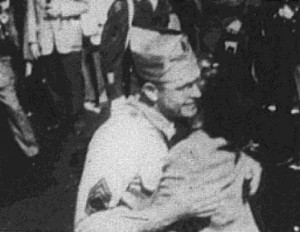
"To capture the spirit of a day-long welcome to homecoming Korean veterans is not an easy task. But Pete Delaurenti has managed it in a remarkably complete coverage in true newsreel style. Cutting from shots of the great troopship edging up to the dock in Seattle, to the crowds waiting to embrace returning veterans - the genuine and touching family reunions, the slightly bewildered beauty queens, the governors' paternal reception of a chosen native of each state and the inevitable parades - Mr. Delaurenti seems to have been endowed with multiple hands, feet and even cameras. Welcome Lane is a moving record of a difficult subject, accomplished with good taste" PSA Journal, Jan. 1955, 51.
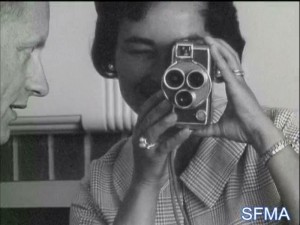
"Welcome San Francisco Movie Makers opens with a montage of classic San Francisco sights, setting the backdrop for the first meeting of the San Francisco Movie Makers Club. After an introduction of the club’s members and its activities, filmmaker Dr. Frank S. Zach, along with his wife Helga, proceeds to demonstrate the proper use of 8mm and 16mm cameras and film sound recording techniques. Shot, scripted, edited, hand titled and over dubbed with music by Dr. Zach, this film seeks to encourage, teach, and recruit image makers." centerforhomemovies.org
"... a view of the tourist side of the city through the eyes of Captain Vancouver, brought to life from the golden figure atop the legislature buildings." Captain Vancouver was played by Victoria entertainer Jerry Gosley. The process of shooting, editing and post-production is described in Margaret Sharcott's Daily Colonist article.
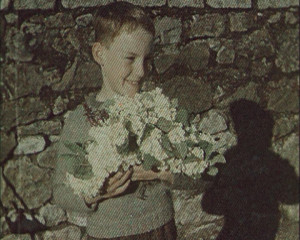
"Film record of a journey from Oxford to South West Wales and northwards through Wales, comprising shots of local beauty spots, visitor attractions and the activities of locals." (EAFA Database)
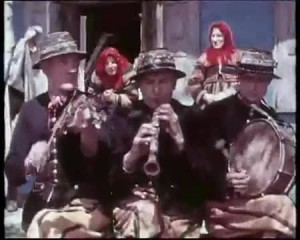
A short excerpt of the film survives, showing a wedding celebration in Złaków Borowy, Poland. The film also circulated with the title, "Une Noce a la Campagne."
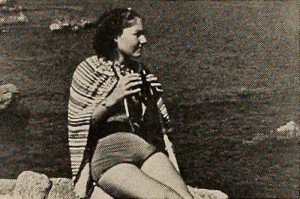
"The praises of California's beautiful scenery, so often sung, rarely have been intoned as convincingly as in West Coast, by W. W. Champion. The high standard in the selection of scenes, to be noted first in the choice of shots around lovely Monterey Bay, in itself would make this picture exceptional. Added to that quality are artistic compositions and sequencing remarkable for its unstilted continuity. As the picture's subject shifts from the harbor to the town of Monterey and then down the coast to Carmel, the historical features of this section of California are brought out clearly, while the pleasures of country club and bathing beach add human interest. Smoothly and swiftly, by means of expertly executed transitional devices and fades, the story of life unfolds against a background that is colorful and charming." Movie Makers, Dec. 1938, 617.
"Lancashire's Fylde Coast resorts have year-round appeal, as we can see in this reel from the early 1930s. The seaside is not just for swimming and sandcastles; you can feed seagulls at Southport, or slide down sand dunes with your dog, or stroll across Blackpool's wide beaches on a cold day. And, at the time this film was shot, this coastline had many fine piers to enjoy, whatever the weather."(BFI Player)
Total Pages: 299